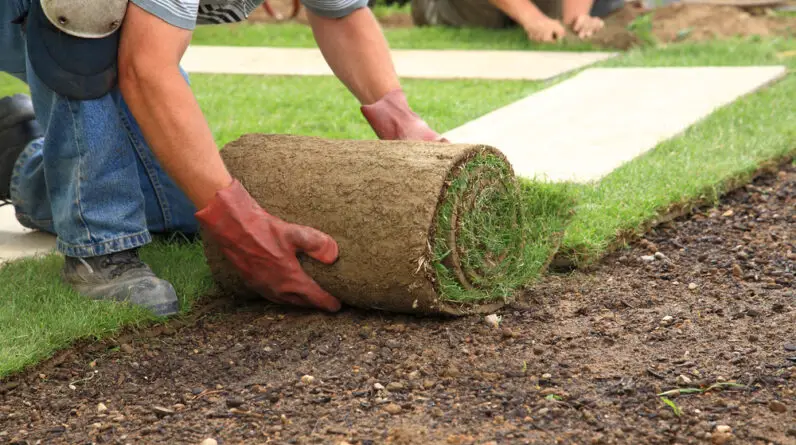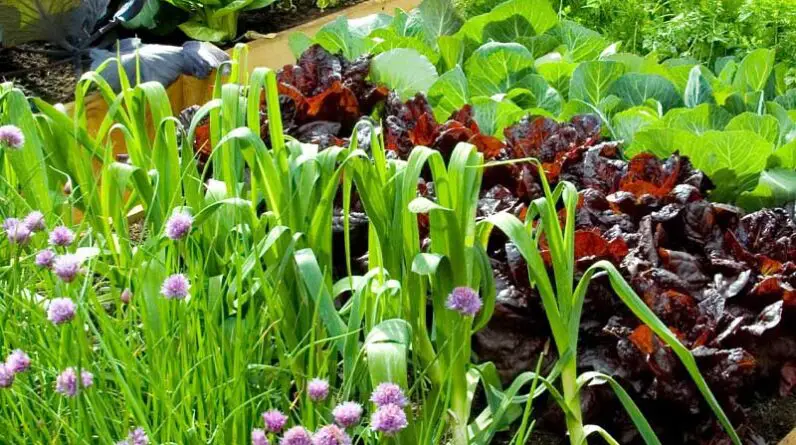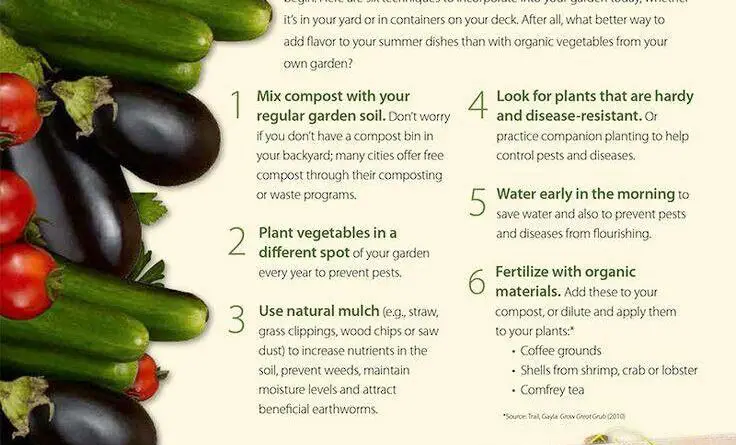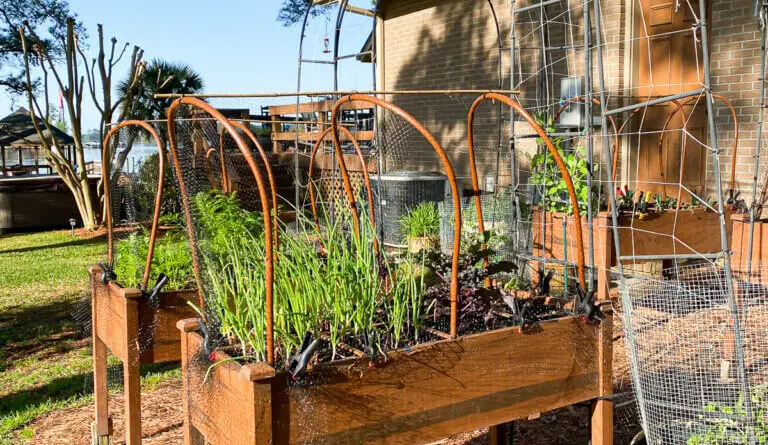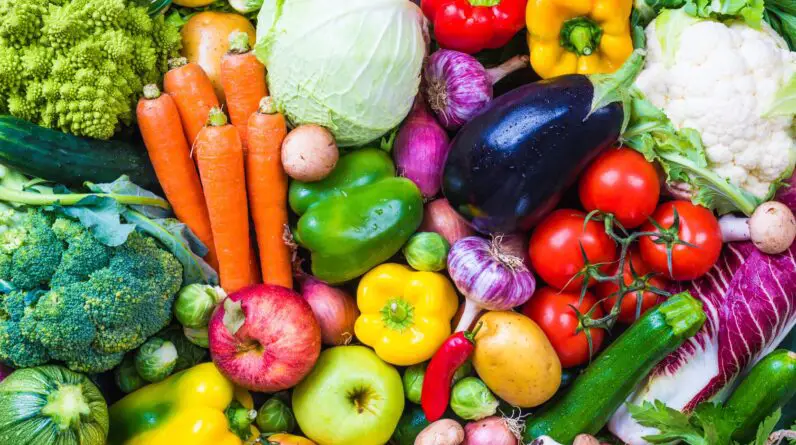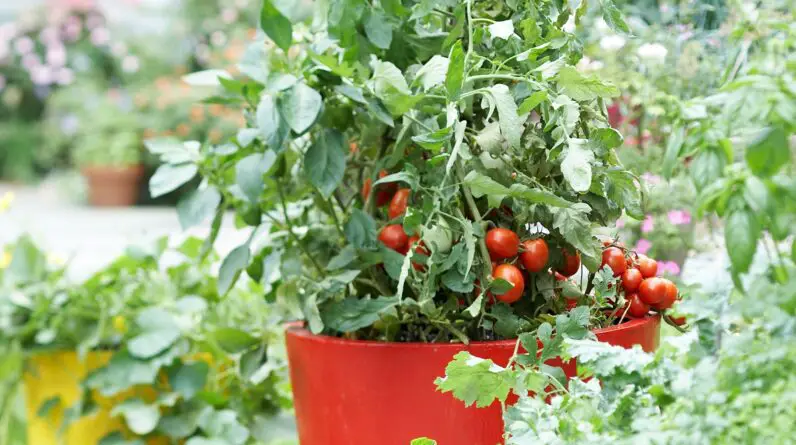
Introduction
Welcome to my guide on 10 essential tomato gardening tips! Growing your own tomatoes can be a rewarding and enjoyable experience. Not only do they provide delicious and fresh produce, but they also beautify your garden with their vibrant colors. Whether you are a seasoned gardener or a beginner, these tips will help ensure a successful tomato harvest.
Benefits of Tomato Gardening
There are numerous benefits to growing tomatoes in your garden. First and foremost, homegrown tomatoes are far tastier than store-bought ones. You can enjoy the rich flavors and juiciness that only freshly picked tomatoes can offer. Additionally, growing your own tomatoes allows you to have control over the health and safety of your produce. You can avoid pesticides and other chemicals, ensuring that you and your family consume only natural and nutritious tomatoes.
Importance of Tomato Gardening Tips
Tomato gardening tips are essential for maximizing your yield and keeping your plants healthy. By following these tips, you can prevent common issues such as diseases, pests, and nutrient deficiencies. Proper care and maintenance techniques will help your tomato plants thrive throughout the growing season. From choosing the right tomato varieties to providing adequate sunlight and water, each tip plays a crucial role in the overall success of your tomato garden.
So, let’s dive into these 10 essential tomato gardening tips and set you up for a bountiful harvest!
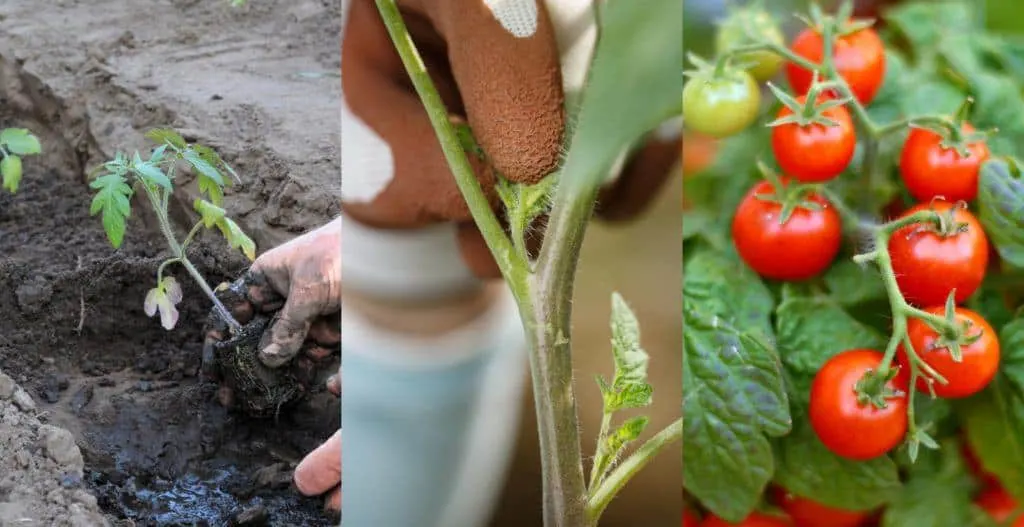
This image is property of www.ruralsprout.com.
1. Choose the Right Tomato Varieties
Choosing the right tomato varieties is crucial for a successful tomato gardening experience. With so many options available, it can be overwhelming to determine which varieties are best suited for your garden.
Determining the Best Tomato Varieties for Your Garden
When selecting tomato varieties for your garden, consider factors such as climate, gardening space, and personal preference. Different tomato varieties thrive in different climates, so it’s important to choose ones that are well-suited for your specific region. Additionally, consider the size and type of tomatoes you prefer. Are you looking for large beefsteak tomatoes? Or do you prefer smaller cherry tomatoes for snacking?
Factors to Consider When Choosing Tomato Varieties
There are several factors to consider when choosing tomato varieties. First, determine the length of your growing season. Some varieties are better suited for shorter growing seasons, while others require a longer time to mature. Next, assess the space available in your garden. Determinate varieties are more compact and suitable for smaller gardens, while indeterminate varieties require more space as they continue to grow throughout the season.
By carefully considering these factors, you can choose tomato varieties that will thrive in your garden and provide you with a bountiful harvest. Happy gardening!
2. Prepare the Soil Properly
Understanding the Importance of Soil Preparation
One of the most crucial aspects of successful tomato gardening is preparing the soil properly. As a passionate tomato gardener, I have learned that the health and productivity of my plants heavily depend on the condition of the soil. When done correctly, soil preparation sets the foundation for a bountiful harvest.
So why is soil preparation so significant? Well, it improves the overall soil structure, nourishes the plants, and enhances their growth. Properly prepared soil ensures that the tomato plants receive the essential nutrients they need to thrive.
Tips for Preparing the Soil for Tomato Gardening
To prepare your soil for tomato gardening, start by clearing the area of any weeds or debris. Then, thoroughly loosen the soil using a garden fork or tiller. This will improve the soil’s drainage and aeration, preventing issues such as root rot.
Next, incorporate organic matter such as compost or well-rotted manure into the soil. This enriches the soil with nutrients and improves its fertility. Avoid using chemical fertilizers as they can harm the environment and affect the taste of the tomatoes.
Lastly, ensure the soil is properly leveled and moist before planting your tomato seedlings. Adequate moisture will assist the young plants in establishing their root system.
By following these tips, your tomato plants will have the best possible start in their gardening journey. Remember, a little extra effort during soil preparation can make a world of difference in the health and productivity of your tomato garden.
3. Provide Adequate Sunlight
One of the most crucial aspects of growing healthy and productive tomato plants is providing them with adequate sunlight. Tomatoes are sun-loving plants and require a minimum of 6-8 hours of direct sunlight each day to thrive. In this section, we will delve into understanding the sunlight needs of tomato plants and provide you with some tips to ensure your plants receive enough sunlight.
Understanding the Sunlight Needs of Tomato Plants
Tomatoes are native to warm climates and rely on sunlight for energy production through the process of photosynthesis. Direct sunlight is essential as it helps the plants produce sugars, which contribute to their growth and the development of flavorful fruits. Insufficient sunlight can lead to weak, spindly plants, reduced fruit production, and even susceptibility to diseases.
Tips for Ensuring Tomato Plants Receive Enough Sunlight
- Choose the Right Location: Plant your tomatoes in a spot that receives ample sunlight throughout the day, preferably facing south or west. Avoid areas shaded by buildings, trees, or other structures.
- Prune Excess Foliage: Regularly remove any excess foliage that may block sunlight from reaching the lower parts of the plant.
- Use Reflective Mulch: Surrounding your tomato plants with reflective mulch can help redirect sunlight onto the lower leaves, ensuring they receive sufficient light.
- Stake or Cage the Plants: Supporting your tomato plants with stakes or cages helps keep the foliage upright, preventing it from shading other parts of the plant.
By understanding the sunlight needs of tomato plants and implementing these tips, you can provide your tomatoes with the ideal conditions they need for healthy growth, abundant fruiting, and ultimately, a bountiful harvest.
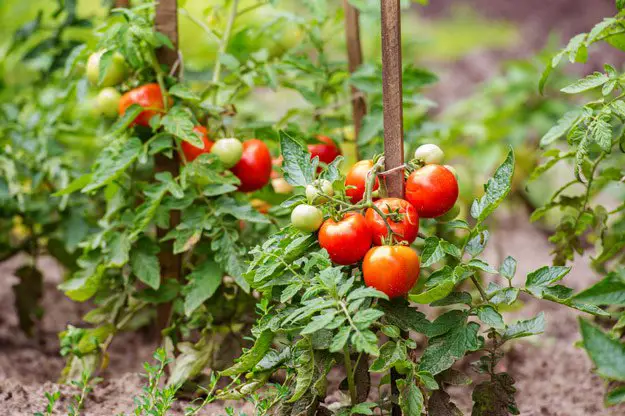
This image is property of homesteading.com.
4. Water Wisely
One of the most critical aspects of growing healthy and productive tomato plants is watering them properly. Ensuring the right amount of water is essential, as both underwatering and overwatering can be detrimental to your plants’ health. Here are a few tips to help you water your tomato plants effectively:
Importance of Proper Watering Techniques for Tomato Plants
Water is vital for tomatoes to grow and develop properly. It helps in the absorption of nutrients from the soil and ensures the plants’ cells are hydrated, enabling them to carry out essential functions efficiently. Regular and appropriate watering also helps prevent issues like blossom-end rot, cracking, and splitting.
Tips for Watering Tomato Plants effectively
-
Water deeply: Give your tomato plants a good soaking, allowing the water to penetrate deeply into the soil. This encourages the roots to grow deeper, making the plants more resilient and better able to withstand dry periods.
-
Water consistently: Maintain a regular watering schedule to keep the soil consistently moist. Inconsistent watering can lead to issues like fruit splitting and blossom-end rot.
-
Water at the right time: Water your tomato plants in the morning or early afternoon to ensure sufficient absorption before evening. Avoid watering late at night, as it can increase the risk of fungal diseases.
-
Avoid overhead watering: Direct water to the base of the plants, avoiding wetting the foliage. Wet leaves can encourage the development of fungal diseases.
By following these watering tips, you can provide the right amount of water your tomato plants need for healthy growth and bountiful harvests.
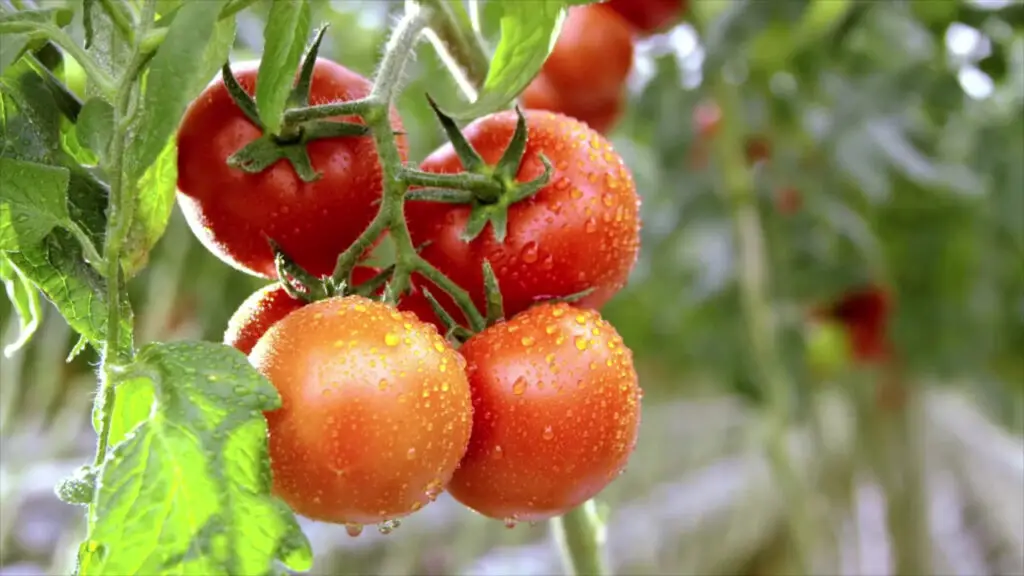
This image is property of cf-images.us-east-1.prod.boltdns.net.
5. Prune and Support Tomato Plants
Pruning and supporting tomato plants are essential practices for promoting healthy growth and maximizing yields. By eliminating unnecessary foliage and providing support, we ensure that our plants are able to fully thrive and produce an abundance of delicious tomatoes.
Benefits of Pruning and Supporting Tomato Plants
Pruning tomato plants increases air circulation and sunlight exposure to the leaves and fruit. It helps prevent diseases, such as powdery mildew, by reducing the humidity trapped within the foliage. Additionally, removing excess leaves directs the plant’s energy towards fruit production, resulting in larger, tastier tomatoes.
Supporting tomato plants also offers numerous advantages. It prevents the vines from sprawling on the ground, minimizing the risk of rot and pest infestation. Supporting also makes harvesting easier, as the fruit grows at an accessible height. Additionally, it helps maintain the plant’s upright structure, reducing the likelihood of breakage under the weight of ripening tomatoes.
Techniques for Pruning and Supporting Tomato Plants
To prune tomato plants, I recommend removing the lower leaves as the plant grows. This keeps the foliage off the ground, preventing soil-borne diseases. Additionally, remove any suckers that emerge in the leaf axils.
When it comes to supporting tomato plants, the options are aplenty. Staking is a popular method, involving driving a stake into the ground next to the plant and gently tying the stem to it as it grows. Alternatively, cages, trellises, or even branches can provide support. Just ensure that the chosen method provides stability and prevents the plant from falling over.
With proper pruning and support, your tomato plants will thrive, resulting in a bountiful harvest of juicy, flavorful tomatoes. So grab those pruning shears and start providing the care your tomato plants need to reach their full potential!
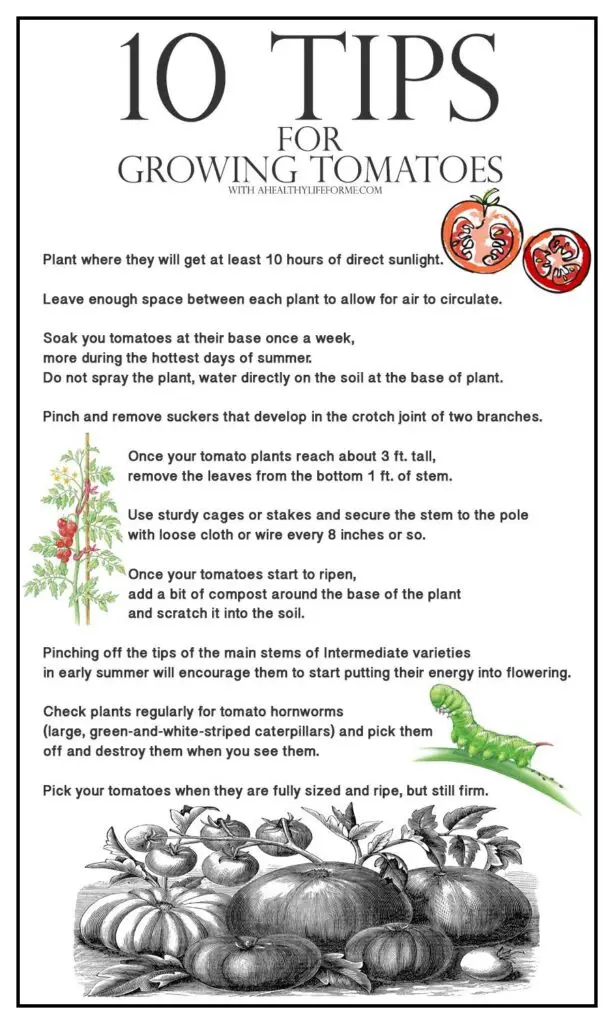
This image is property of ahealthylifeforme.com.
6. Control Pests and Diseases
Common Pests and Diseases Affecting Tomato Plants
As a tomato gardener, one of the biggest challenges you may face is controlling pests and diseases that can damage your precious plants. Some common pests that can wreak havoc on tomato plants include aphids, whiteflies, and hornworms. These pesky creatures can quickly multiply and cause significant damage to your crops if left unchecked. Additionally, tomato plants are susceptible to diseases such as blight, wilt, and leaf spot, which can lead to stunted growth, yellowing leaves, and even death.
Effective Methods for Pest and Disease Control in Tomato Gardening
To protect your tomatoes from pests and diseases, it is crucial to adopt effective control methods. Firstly, regular monitoring of your plants is essential. By inspecting them on a regular basis, you can promptly identify any signs of pest infestation or disease development. Additionally, practicing good sanitation in your garden can help prevent the spread of diseases. Remove any fallen leaves or fruits from the ground and clean your tools regularly.
When it comes to pest control, natural remedies can be highly effective. For instance, introducing beneficial insects like ladybugs and lacewings can help control aphids and other pests. You can also make homemade organic sprays using ingredients like neem oil or garlic to deter pests. In severe cases, you may need to resort to chemical pesticides, but always follow the instructions carefully and opt for organic options when available.
By implementing these pest and disease control methods, you can ensure the health and productivity of your tomato plants throughout the growing season.
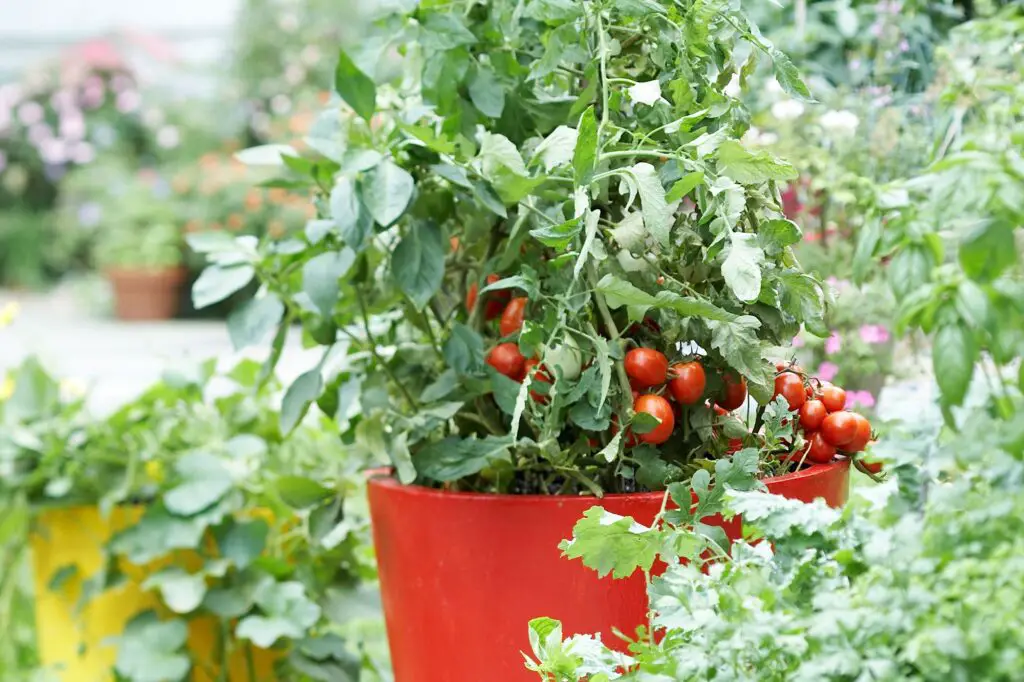
This image is property of www.bhg.com.
Conclusion
Final Thoughts on Tomato Gardening Tips
In conclusion, tomato gardening can be a rewarding and fulfilling experience. By following these essential tips, you can increase your chances of a successful harvest and enjoy the fruits of your labor.
First and foremost, choose the right tomato varieties for your region. Consider factors such as sunlight, soil type, and climate to ensure optimal growth. Secondly, provide ample support for your tomato plants, such as stakes or cages, to prevent them from falling over and facilitate better air circulation.
Moreover, regular watering is crucial, especially during hot and dry weather. Consider using a drip irrigation system or watering deeply to encourage deeper root growth. Adequate mulching can also help conserve moisture and prevent weed growth.
Furthermore, be vigilant in regular pruning to promote better air circulation and reduce the risk of diseases. Removing suckers and lower leaves can also redirect the plant’s energy towards fruit production.
Pest and disease management is another critical aspect of tomato gardening. Monitor your plants regularly for signs of infestation or illness and take appropriate measures such as natural or organic pest control methods.
Lastly, be patient and consistent in your tomato gardening efforts. Rome wasn’t built in a day, and a bountiful tomato harvest takes time and dedication.
By following these essential tips, you’ll be well on your way to growing delicious and healthy tomatoes in your own backyard. Happy gardening!


